“Beneficial birds” aren’t limited to woodpeckers. In cities, parks, farms, and wetlands, many species control insects and rodents, pollinate flowers, disperse seeds, and keep ecosystems clean. This guide defines beneficial birds, groups them by function, highlights representative species, and gives practical tips to identify and attract them.
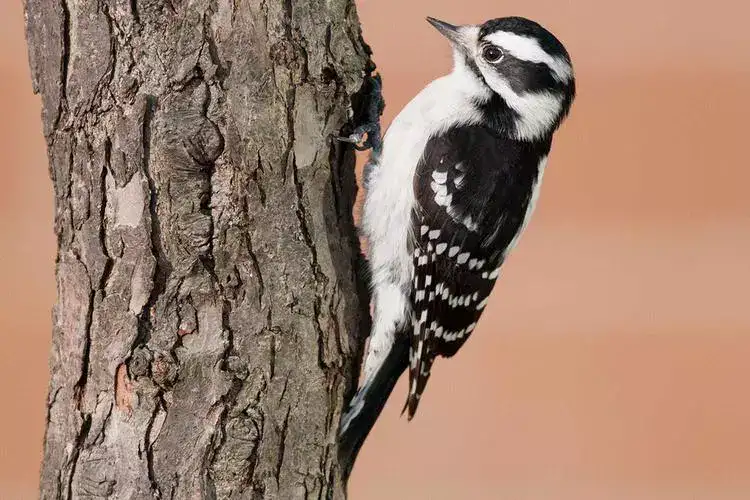
Index
A bird is considered “beneficial” when, in a given region, it produces a net positive effect on ecosystem stability or human well-being, typically by:
Biological control: eating crop/urban pests or rodents;
Plant renewal: pollinating flowers and dispersing seeds;
Sanitation & cycling: removing carrion and speeding nutrient cycles;
Education & aesthetics: enabling nature education and ecotourism.
Note: “Beneficial” depends on context and management. Always evaluate net effects rather than labels alone.
A. Insect control (“nature’s pesticide”)
Swallows, swifts, tits/chickadees, flycatchers/warblers, drongos, and nightjars take flying insects or leaf/wood pests.
B. Rodent control (“nature’s rodenticide”)
Owls and small falcons (e.g., kestrels) reduce voles and urban rats.
C. Pollination & seed dispersal
Sunbirds/flowerpeckers, bulbuls, thrushes, waxwings move pollen and seeds, helping green spaces regenerate.
D. Wetland & paddy-field stewards
Egrets, herons, and wild geese/ducks help balance wetland food webs by feeding on small fish, snails, and invertebrates.
E. Natural clean-up crew
Vultures/condors remove carcasses, lowering pathogen loads and accelerating nutrient cycling.
Farming & gardening: fewer pests/rodents → less reliance on chemicals;
Urban health: swallows/swifts lower mosquitoes and flies; owls curb rodent problems;
Ecosystem recovery: fruit-eating birds spread seeds and aid forest/greenbelt renewal;
Public sanitation: scavengers reduce disease risk around carcasses;
Education & green economy: birding supports eco-tourism and environmental literacy.
(Examples focus on widely encountered Old-World/East-Asian urban–rural settings; adapt to your region.)
Insect control
Swallows (Barn Swallow, Red-rumped, Eurasian Crag): forked “scissor” tail; fast aerial foraging near eaves and fields.
Swifts (Common/White-rumped): sickle-shaped wings; spend most of life on the wing; superb mosquito and gnat hunters.
Tits/Chickadees (Great Tit, Coal Tit, etc.): hop through foliage, picking caterpillars, beetle larvae, aphids.
Flycatchers/Warblers: glean and sally for insects in shrubs/understory; small, quick, often cryptic.
Drongos (e.g., Black Drongo): agile aerial hawkers; also act as “lookouts,” alarming other birds of threats.
Nightjars: crepuscular/nocturnal insect catchers around lampposts and forest edges—complement daytime allies.
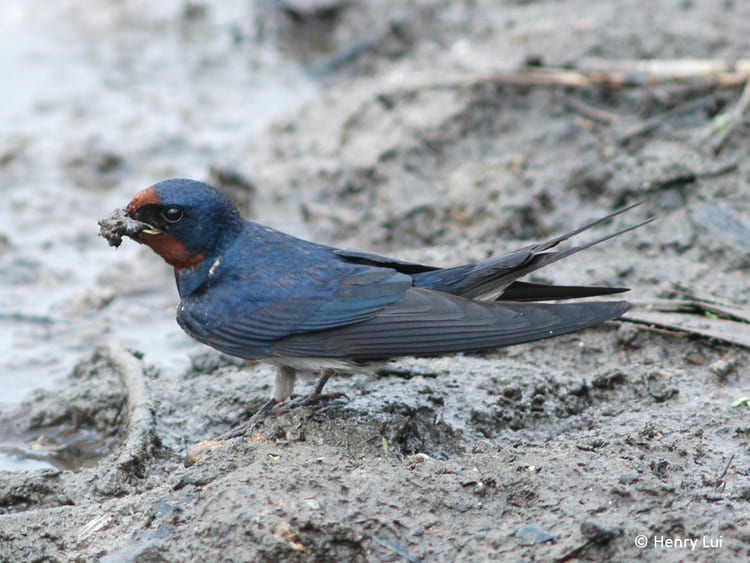
Rodent control
Owls (Barn Owl, Little Owl, Short-eared): nocturnal vole/rat specialists; best detected by calls at dusk/dawn.
Small falcons (Common Kestrel, Lesser Kestrel): daytime hovering hunters; take voles and large insects.
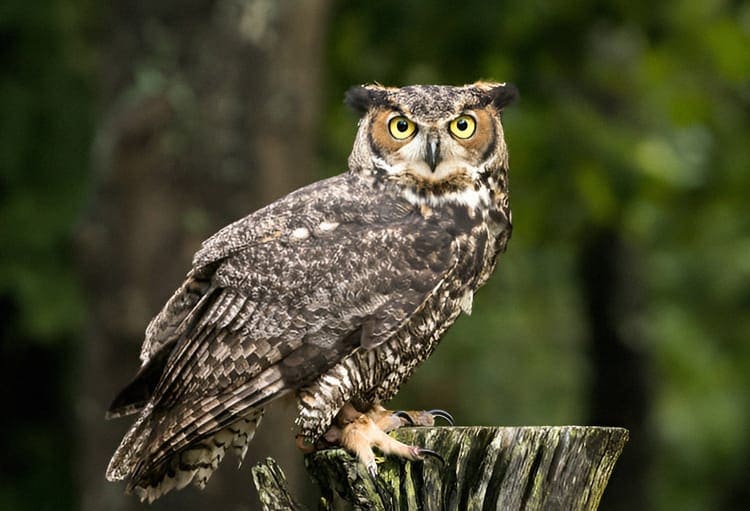
Pollination & seed dispersal
Sunbirds/Flowerpeckers (tropics/subtropics): slender curved bills, nectar feeding, incidental pollination.
Bulbuls, Thrushes, Waxwings: eat berries and pass seeds intact—natural “seed delivery.”
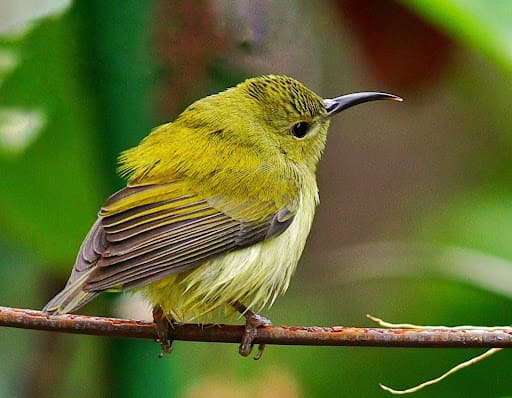
Wetland & paddy-field stewards
Egrets/Herons (Little/Chinese Pond/Night Heron): wade in shallow water for fish, amphibians, snails, aquatic insects.
Geese/Ducks (wild): stir sediments, feed on invertebrates; can influence algal growth and water clarity.
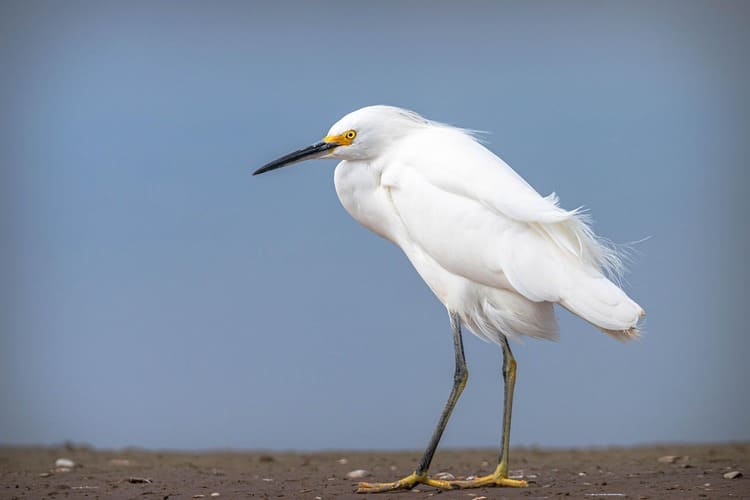
Clean-up crew
Vultures/condors: rapid carcass removal reduces pathogen build-up; crucial in open landscapes and highlands.
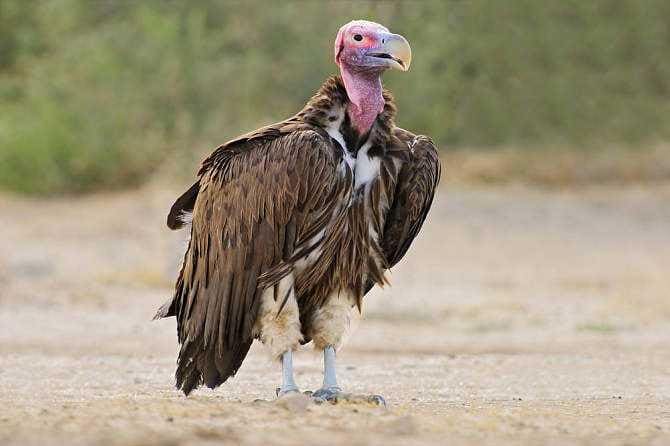
Time of day: swallows/swifts by day and toward dusk; nightjars after dusk; owls at night/dawn.
Where to look: wetlands for herons; farms for kestrels and swallows; berry shrubs/hedges for bulbuls, thrushes, waxwings.
Behavior cues: forked tail fast-flyers (swallows); high, scythe-winged speedsters (swifts); “hovering” (kestrels); foliage “check-by-check” (tits).
Habitat design
Plant native shrubs and fruiting/flowering trees (spring nectar, summer–autumn berries, some winter fruits).
Keep a vertical structure: herb layer → shrubs → trees for shelter and foraging.
Add a shallow birdbath (2–5 cm) and refresh water frequently.
Breeding & perches
Nest boxes (examples)
Tits: entrance 28–32 mm; floor ≈12×12 cm; height 20–25 cm.
Swallows: half-open ledges under eaves (wind-sheltered, drip-proof).
Barn Owls: large attic/barn boxes, entrance ≈13–15 cm (follow local regulations and safety).
Provide safe perches/dead branches (where safe) for kestrels/drongos to scan for prey.
Management essentials
Minimize pesticides/rodenticides, prioritize physical controls; if unavoidable, avoid breeding season and dusk/night activity peaks.
Reduce window strikes with decals/grids or exterior shading.
Manage free-roaming cats/dogs around nesting areas.
“Beneficial birds never touch fruit.”
Mostly insectivorous, but some take berries in fruiting season. Use netting, “decoy/edge fruit trees,” and timely harvest to balance yields and ecology.
“Owls don’t belong in cities.”
With old trees/buildings and green patches, cities can host owls. Responsible lighting and nest-box design make coexistence possible.
“Scavengers are dirty.”
Ecologically, vultures reduce disease risk by removing carcasses quickly.
A beginner’s seasonal birding checklist and field etiquette;
Science-based measures to reduce urban glass collisions;
“Bird-friendly orchard/farm” annual to-do list (nest-box care, pruning, and spray calendars).
animal tags: Beneficial Birds
We created this article in conjunction with AI technology, then made sure it was fact-checked and edited by a Animals Top editor.